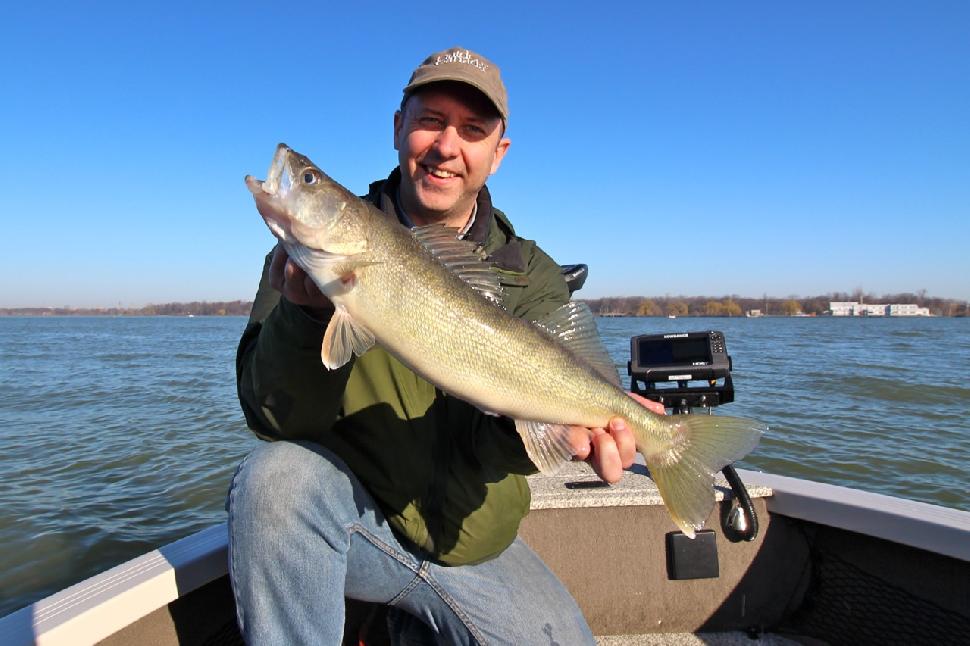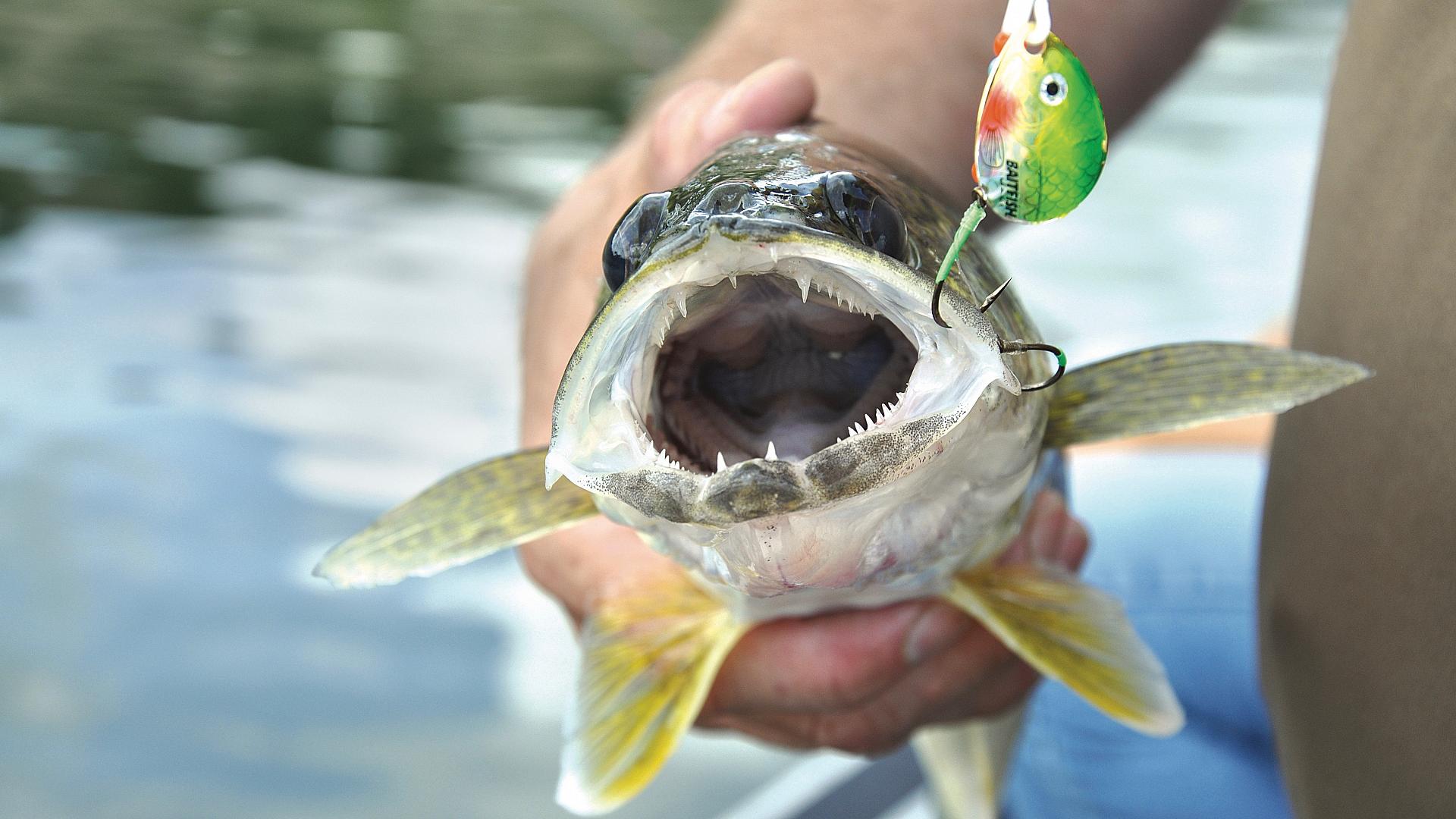SPIN DOCTORING
Catch more walleye by customizing your spinner rigs to give the fish exactly what they want
Advertisement

LENGTH
When trolling a spinner rig behind a bottom bouncer, the bouncer creates noise and disturbs the sediment as it bounces along the bottom. The length of your spinner rig is crucial in determining how far behind this hubbub your bait will follow.
With a shorter rig, the bait will track closely behind the bouncer, mimicking fleeing prey. Active walleye are attracted to this combination of sound and action, triggering them to chase and strike. Twelve- to 36-inch spinner rigs are ideal in this situation—the more active the fish are, the shorter the rig can be.
Advertisement
Neutral and inactive walleye, on the other hand, will lie close to the bottom, uninterested in aggressively chasing prey. They’ll still inhale a quick snack, however, if it floats by slowly and can be grabbed with little effort. In this case, try using 36- to 60-inch rigs so that the blades and bait travel farther behind the sound and disturbance created by the bottom bouncer. This gives the illusion of undisturbed prey, which is often just what it takes to make a neutral or inactive walleye strike.
The presence or lack of underwater obstacles is another reason for adjusting the length of a spinner rig. When fishing in heavy cover such as weeds or rock beds, use a shorter rig to avoid getting hung up. When fishing over sand, mud flats or beds of small-sized gravel, it’s safe to lengthen the rig since there’s less risk of snagging.

